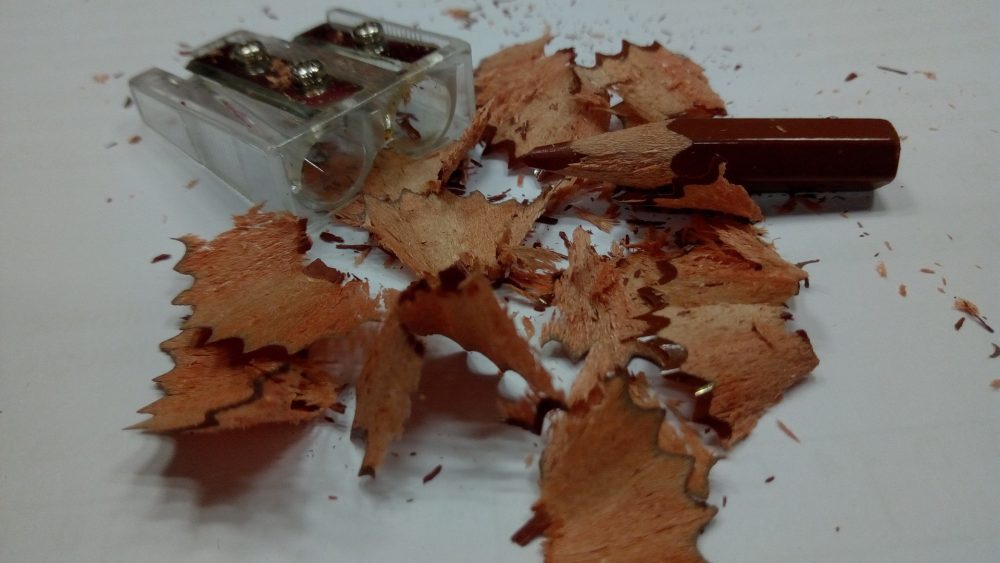Last week, I was blessed to attend a reunion of Montessorians; we all had taught at one particular school in Colorado over the past 30 or more years. Many of us had not seen one another in a very long time, yet we were able to fall right back into step with one another. And, as is often the case when surrounded by bright and mindful people, fascinating conversations ensued.
At one point, our dear music specialist expressed a rather brilliant observation about teaching spaces in Montessori schools: children would never intentionally deface a classroom shelf or carpet because classrooms are sacred spaces, intentionally and lovingly designed, and the children sense that. In her experience, the shared classroom spaces, the multi-purpose rooms, do not have the same intentionality, and so are treated with less respect.
This set my mind to work. I wonder if we regard our classrooms as sacred spaces. Right now, with Spring Break in the rear-view mirror, testing fatigue at or near its peak, and all of the end-of-year activities looming on the horizon, I expect that our classrooms do not look very sacred. In all probability, the supply shelf bears a striking resemblance to the recycle bin. There are undoubtedly bits and pieces of culminating projects and everyday work on every flat surface in the room. Mothers’ Day or auction projects might be occupying much of the collaborative work space. I would venture a guess that there is not a pencil in the room with a respectable eraser. Most classrooms at this time of year would be more accurately named Tired Spaces. Or Chaos Spaces. And yet…
Sacred spaces are places set aside for a specific higher purpose. They often have objects or rituals that create or embrace patterns of life in a culture, uniting people to each other and to
Montessori herself spoke with great reverence about the child. She overtly acknowledged the child as being fully complete, having within him everything that he needs in order to develop into the adult that he is destined to become. She placed teachers in service of the child’s development rather than in dominance of his being. Teachers provide this service within an environment that has been intentionally designed to promote each child’s growth, connecting him to the Universe and to his cosmic tasks.
What do we do to make our spaces sacred? As Montessorians, it all begins with the prepared environment. While the physical environment may be a bit bedraggled at this moment, the community may be reaching a high point. Children have been maturing cognitively and emotionally throughout the year. Their confidence in the predictability of the classroom and their ability to function within the community, in aggregate, has also solidified since the beginning of the year. Is this enough to maintain the classroom as a sacred space? This is the subject of today’s reflection.
Reflection for Adults: To what degree is the classroom a sacred space? Reflect on one or more of these questions:
- What connects children to their first cosmic task: to self-develop physically, cognitively, emotionally, and spiritually?
- What objects or symbols lead to children’s self-development in these areas?
- What routines or rituals create a positive culture that promotes awareness of membership in the classroom and global communities?
- What connects children to each other and to their purpose? How do they experience belonging and, especially this week, safety?
- What are our classroom’s sacred stories – big and small? How do we celebrate or ritualize them?
- How are the adults serving the development of the children?
- What would show a visitor to the classroom that we consider this to be a sacred space?
As you reflect on one or more of these questions, slow down and take the time to appreciate whatever is good, whatever is meaningful, and whatever is effective. If appropriate, choose one or two things that you would like to change or initiate to intentionally enhance the classroom environments.
OPTIONAL: Remember that this entire thought chain began with the observation that common areas are somehow less sacred, and therefore less respected. Consider visiting the multipurpose space(s) at your school to reflect on one or more of these questions:
- Do they receive the attention necessary for them to become sacred spaces? If they are not much more than glorified storage rooms, what can be done to block the items being stored from view?
- In concert with the desires of those who teach in those rooms, what can be done to beautify these spaces, to bring in objects or attitudes that promote feelings of connectivity?
- How can we inspire children to bring their sense of community with them when they enter multipurpose spaces?
- Do
children see the special as relevant to their first cosmic task of self-development?
Reflection for Children: Dr. Montessori said that children’s first cosmic task was to fully develop themselves – their personality, their intellect, and their skills
Think back to last fall. Think about how much you have grown this year!
- In what ways have you developed your personality, intellect, skills and/or abilities?
- If you can point to anything specific, tell what helped you develop in those areas?
- Is there an area that you wish had developed more this year? If so, are there things in or about our classroom that you feel are impeding your progress? What ideas do you have about how to grow in that area during the remainder of the school year?
“Right where you are, the potential of the universe is.”
― Alexandra Katehakis

